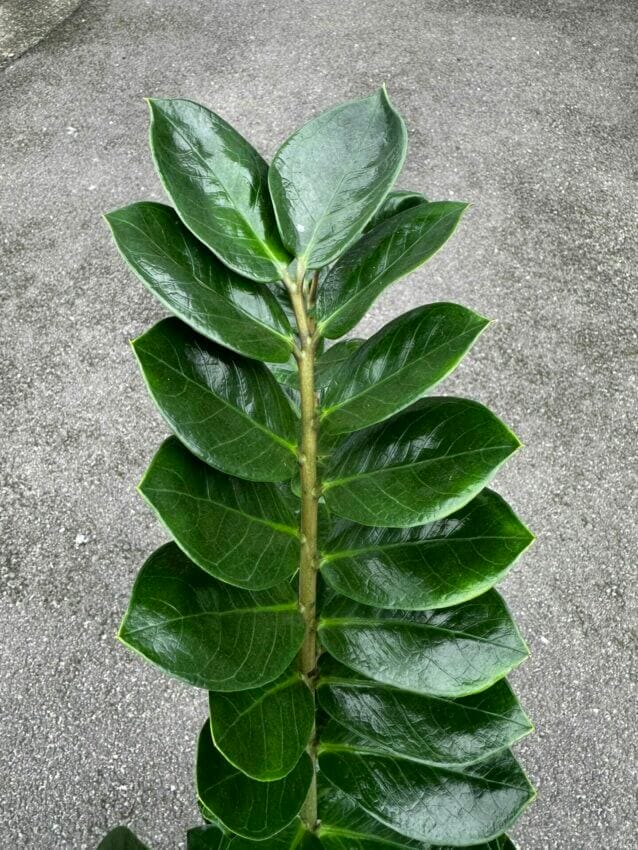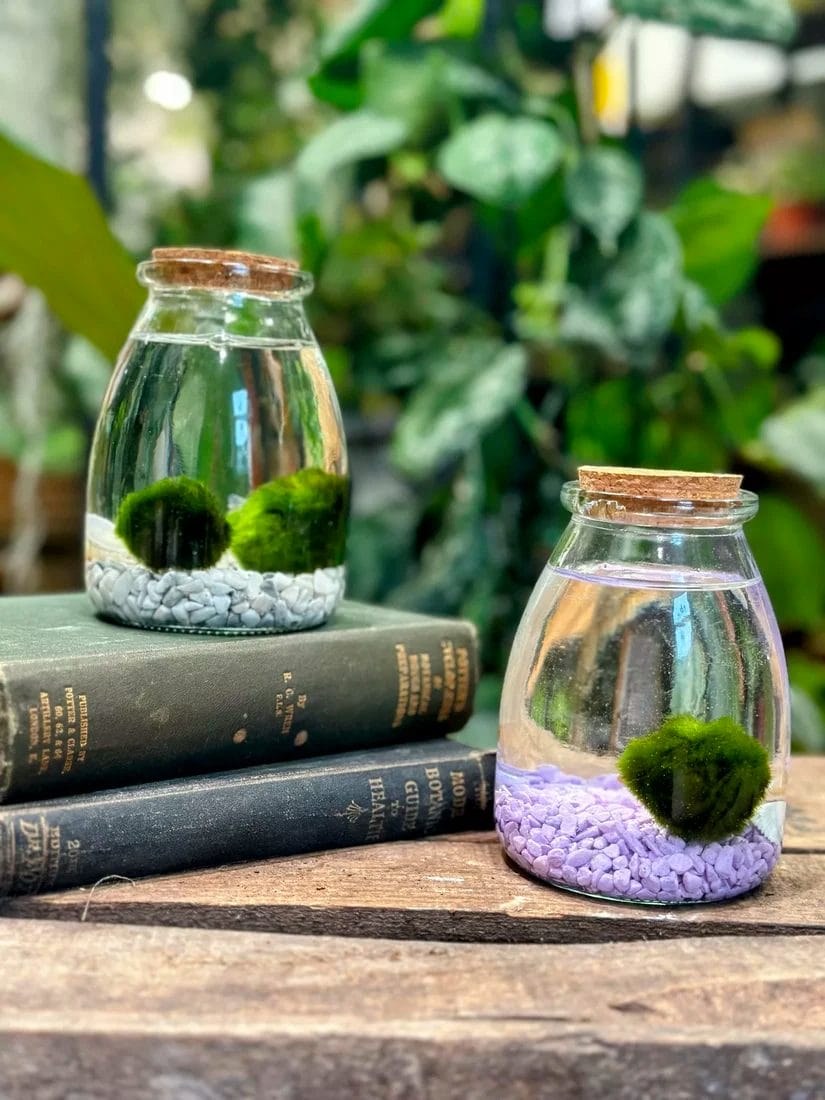Carnivorous Butterwort Pinguicula Anna
£15.00
A unique carnivorous plant that naturally controls pests!
Carnivorous Butterwort Pinguicula Anna is an excellent fungus gnat solution for your home or terrarium. This fascinating plant features sticky, glistening leaves that attract and trap small insects, digesting them for nutrients. Not only is this a natural way to manage indoor pests, but its compact size and delicate appearance make it a striking addition to any plant collection.
Care Guide – Keep Your Butterwort Thriving
- Light: Prefers bright, indirect light, with some direct sunlight for best growth.
- Watering: Keep soil consistently damp, using distilled or rainwater only—tap water can be harmful.
- Humidity: Thrives in moderate to high humidity—ideal for terrariums or humid environments.
- Soil & Repotting: Requires a nutrient-free carnivorous plant mix—avoid regular potting soil.
- Growth Habit: Produces charming flowers in the right conditions.
- Pet Friendly? Yes! This plant is non-toxic to pets.
Please Note
Each plant is unique, with natural variations in appearance. Some minor cosmetic imperfections on the leaves may occur but do not impact the plant’s health.
Why Choose Carnivorous Butterwort Pinguicula Anna?
✔ Natural fungus gnat solution – Effectively traps and digests small insects.
✔ Easy-care carnivorous plant – Perfect for beginners and collectors.
✔ Compact & eye-catching – A unique plant for windowsills, desks, and terrariums.
All plants purchased from Highland Moss are carefully selected and packed with eco-friendly materials. Each plant comes with a beautifully illustrated care guide for easy reference. You’ll also find a scannable QR code for quick access to additional plant care details, and our Moss Bot is available on the website for 24/7 plant care support.
🛒 Order your Carnivorous Butterwort Pinguicula Anna today and enjoy a natural, pest-fighting houseplant!
Carnivorous Plants Info For Beginners
The best place to start with carnivorous plants is by understanding their natural habitat and how their environment has led them to form such unique adaptations. Carnivorous plants have been on the planet for a long time, around forty million years and have been found on almost every continent and tropical island with Antarctica being the only exception.
Carnivorous plants are typically found in areas that are high in natural light and moisture, as well as water-logged areas like swamps where the nutrients in the soil are virtually non-existent. Many of their strange adaptations have been formed from this lack of nutrients.
All plants need basic nutrients to survive and without them, they don’t stand much of a chance.
Nitrogen and phosphorus are two of the most important nutrients plants need, nitrogen is the main component in chlorophyll which plants use for photosynthesis. The other is phosphorus, which is needed to make this process possible. Plants use phosphorus to take in, store and convert the sun’s rays. Without it, they would be unable to use the sun’s energy to create the biomolecules (proteins, amino acids, DNA) they need to grow and reproduce.
Carnivorous plants have adapted over millions of years to get these essential nutrients from their environment. Unable to get these nutrients from the soil they have formed traps to capture insects and small creatures that are rich in the nutrients they lack.
There are approximately 600 different species that fall into the Carnivorous plant category. These different species have found ways of attracting, trapping, killing, and absorbing their prey purely to extract the nutrients they need for survival.
Most carnivorous plants will use bright colours, distinctive smells, and sticky surfaces to attract insects but there are some key mechanisms that make up the variations of carnivorous plants and most species can be spread across these different hunting strategies
- Snap traps use rapid leaf movement to snap shut and capture their prey.
- Bladder traps suck in their prey with a small internal vacuum.
- Pitfall traps entice prey into a small rolled-up leaf with digestive enzymes.
- Flypaper traps utilize sticky mucus to trap their prey.
- Eel traps use inward-facing hairs to force their prey towards the digestive organ.
Click here to check our care instructions to find out how to look after your carnivorous plant.
Would you like to learn about carnivorous plants? Check our article here.
Pet Friendly

Hit the button below to create a care guide for this plant.
It should just take a few seconds but can take up to a minute to write your guide.
6 reviews for Carnivorous Butterwort Pinguicula Anna
| 5 star | 66% | |
| 4 star | 16% | |
| 3 star | 16% | |
| 2 star | 0% | |
| 1 star | 0% |
Customer Images


1-5 of 6 reviews
Add a review
 Carnivorous Butterwort Pinguicula Anna
Carnivorous Butterwort Pinguicula Anna
Your review
* Review is required
Name
* Name is required
Email
* Email is required
Add photos or video to your review
* Please tick the checkbox to proceed





















































Healthy looking plant
Unsure if this plant is healthy? You take great care in protecting plants with packaging and I take equally great care in removing the packaging. While doing this the plant lifted out of the pot and there did not appear to be any roots showing – is it normally shallow rooted? It also appears in to be turning yellow.
Thank you for so lovely review!
I wanted to explain the rooting system of carnivorous plants, especially pingu or drosera have very shallow roots and that is totally natural. Those plants grow in low nutrient environments and take most of energy from photosynthesis and absorbing bugs so don’t need extended roots system.
Pale colour of leaves is caused my semi-dormancy during winter when plants loosing slightly color and growing slower. That is this the reason why the plant was on sale, I did explain this in the listing but it’s easy to skip the part:
„ Our plants are currently on sale during their natural dormancy period. Although they are undergoing seasonal changes in appearance, they remain healthy and grow well. To see their current state, please refer to the last picture as an example. It’s important to note that these plants, due to their unique seasonal appearance, are not eligible for return or refund.”
I hope it will explain why pingu has pale leaves and short roots. Please let me know if it helps, and if you have any other questions please let us know!